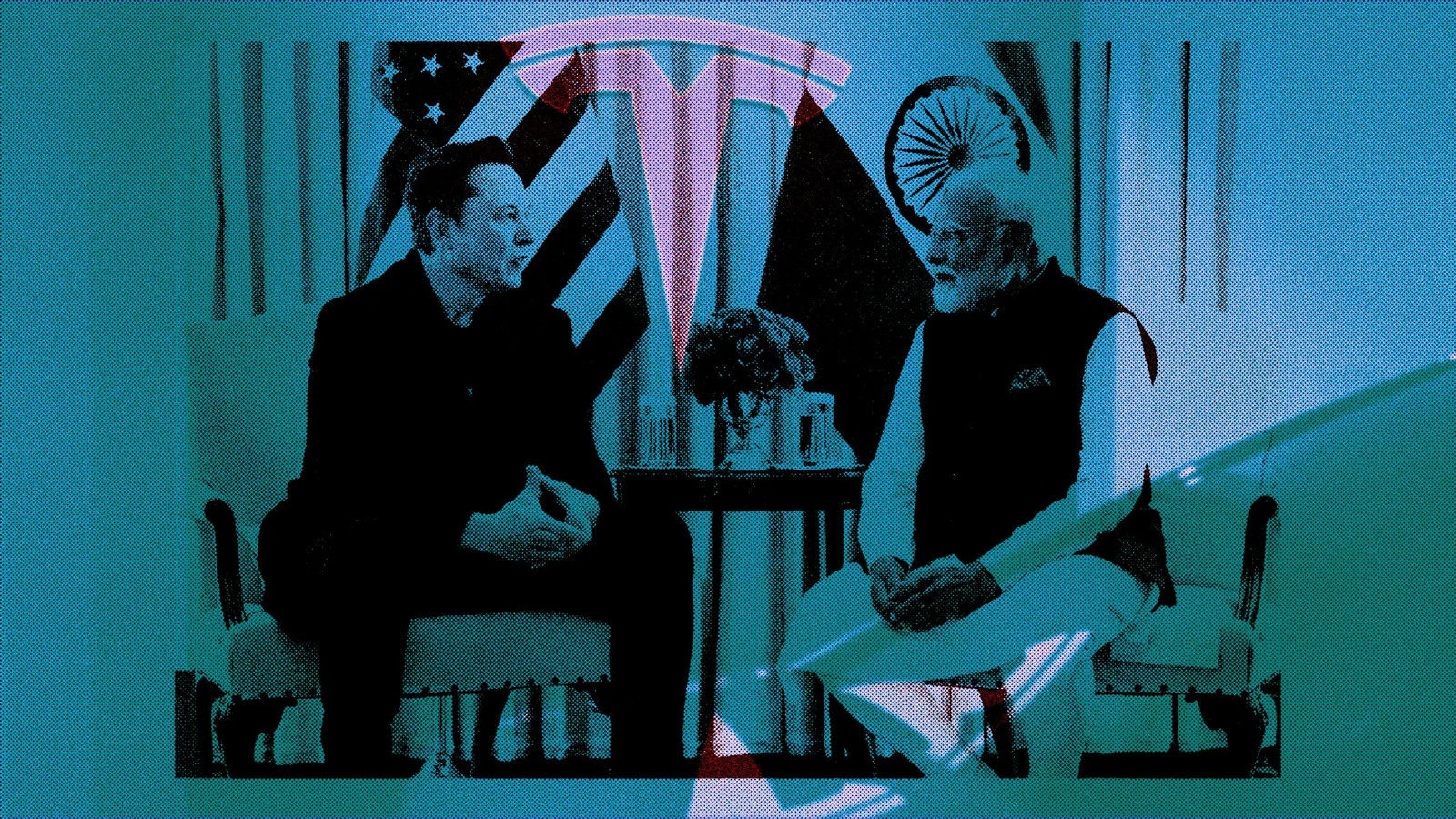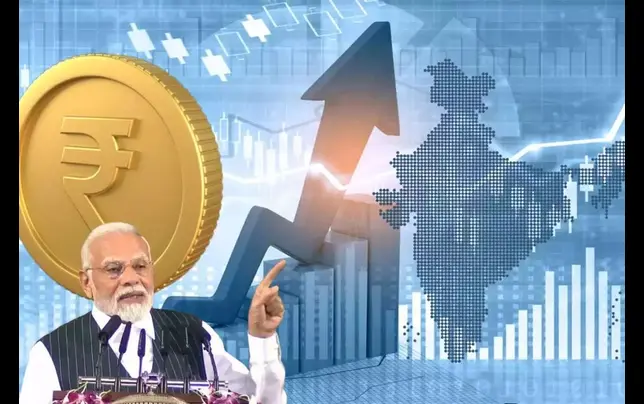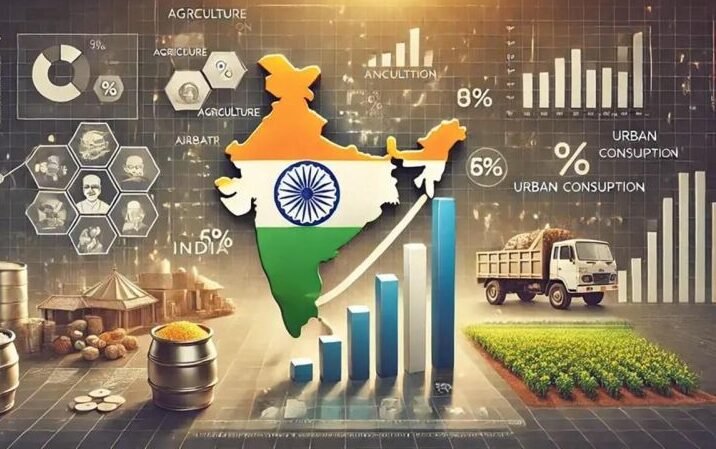In a landmark move symbolising the confluence of cutting-edge innovation and aspirational consumerism, Tesla officially entered the Indian electric vehicle (EV) passenger car market with the launch of its Model Y, unveiled at a sleek new showroom in Mumbai’s Bandra-Kurla Complex. This calculated entry into India’s EV sector – a segment long courted but until now conspicuously bypassed by Elon Musk’s firm – has generated palpable excitement across policy circles and auto markets alike. The launch event, attended by Maharashtra Chief Minister Devendra Fadnavis, exhibited not only the political support behind Tesla’s debut but also the symbolic selection of Mumbai, a city whose economic and infrastructural gravitas makes it a strategic springboard for premium EV adoption.
The timing of Tesla’s arrival coincides with an inflection point in India’s passenger EV trajectory. As of May 2025, electric passenger vehicles, comprising battery electric vehicles (BEVs) and plug-in hybrids, accounted for 4.1% of total car sales, marking a substantive rise from 2.6% in May 2024. This upward curve finds resonance in projections issued by Frost & Sullivan, which estimate that India will retail over 138,000 electric passenger cars this year, up from 99,000 last year; this is an impressive 39% year-on-year growth. The broader Indian EV ecosystem, encompassing all vehicle categories, was pegged at approximately $8.49 billion last year, with a projected compound annual growth rate (CAGR) of 40.7% through 2030. While estimates differ slightly among various analyses, the directional consensus is unequivocal, that is, the Indian EV market is hurtling toward an era of exponential expansion, with passenger cars poised to constitute a significant share of this transition.
Tesla’s entry has not occurred in a regulatory vacuum. Earlier in June this year, the Government of India unveiled a revised EV import policy, reducing customs duties to 15% for manufacturers committing to invest at least $500 million (Rs. 4,150 crore) and to commence local manufacturing within three years. Though not explicitly tailored to Tesla, the policy’s structure and timing appear uncannily calibrated to align with Tesla’s market entry strategy. The company currently imports vehicles from its Shanghai Gigafactory, availing itself of the liberalised policy without yet committing to an Indian production facility. This has drawn criticism from domestic automakers, who view the regulatory architecture as overly indulgent. Nevertheless, the official stance remains that Tesla is operating within the bounds of an open, rules-based policy regime accessible to all qualifying original equipment manufacturers (OEMs).
Tesla’s selection of Mumbai over Delhi for its inaugural showroom was equally strategic. Maharashtra boasts one of India’s most progressive EV policies for individual consumers, offering generous purchase incentives, road tax waivers, and accelerated charging infrastructure development. In contrast, Delhi’s policy framework has historically prioritised fleet electrification, i.e., focusing more on autos, e-buses, and taxis than on incentivising personal EV ownership. Mumbai, with its affluent demographic base, infrastructural maturity, and ecological sensitivities, offered a more fertile consumer landscape. Moreover, Maharashtra’s automotive industrial belt, comprising Pune, Nashik, and Aurangabad, positions it as a logical node for Tesla’s potential future localisation, should that ambition crystallise.
Tesla’s entry into India is thus more than a commercial milestone, in the sense that it is a geopolitical and economic signal, heralding India’s transformation into a vital node in the global EV supply chain. With regulatory alignment, urban affluence, and industrial readiness converging in Maharashtra, Tesla’s Indian saga begins not as a detour, but as a destination.



